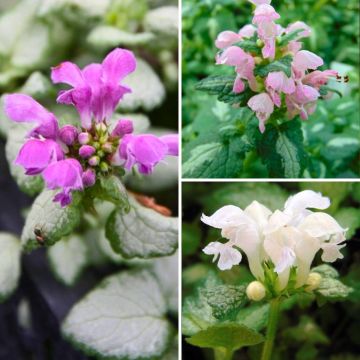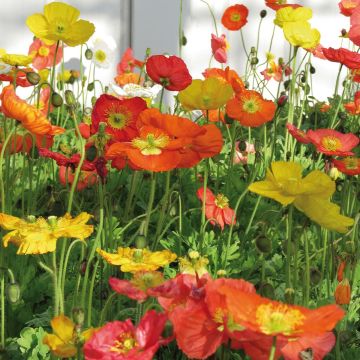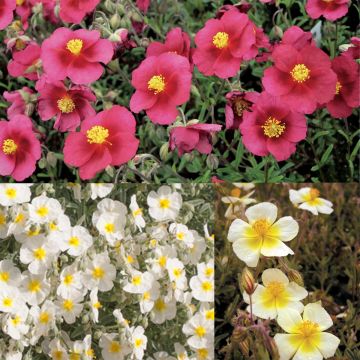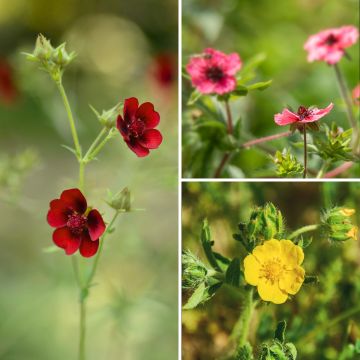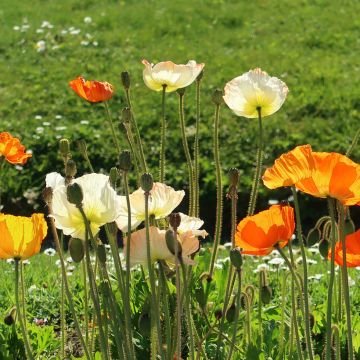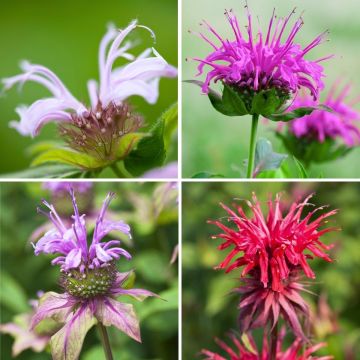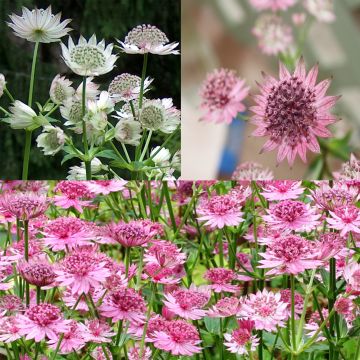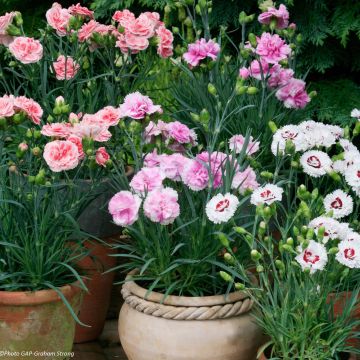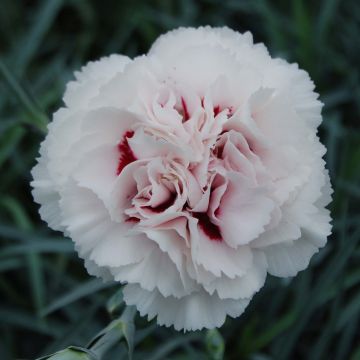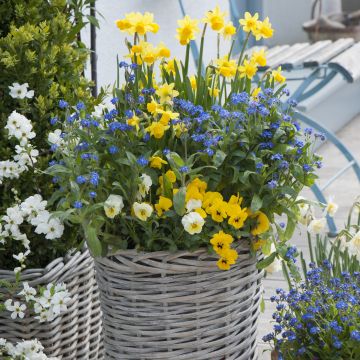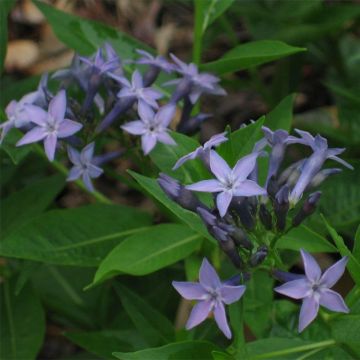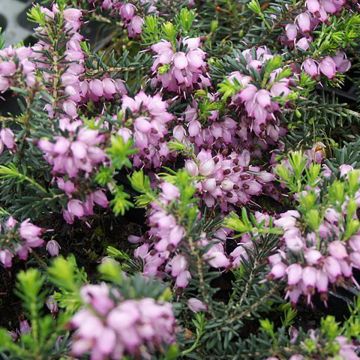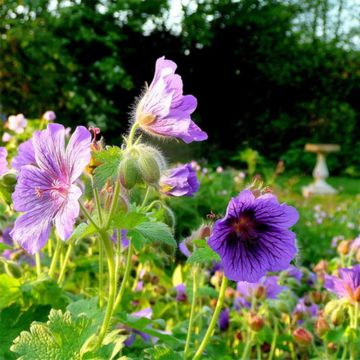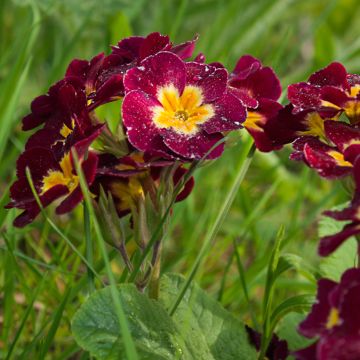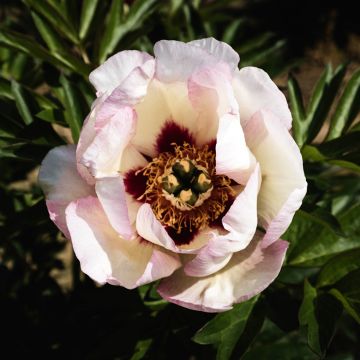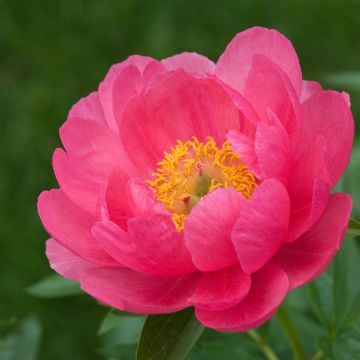Shipping country and language
Your country of residence may be:
Your country of residence is:
For a better user experience on our website, you can select:
Your shipping country:
Andorra
Austria
Belgium
Bulgaria
Canada
Chile
Croatia
Cyprus
Czechia
Denmark
Estonia
Finland
France
Germany
Greece
Hungary
Iceland
Ireland
Italy
Latvia
Lithuania
Luxembourg
Malta
Monaco
Netherlands
Poland
Portugal
Romania
Slovakia
Slovenia
Spain
Sweden
Switzerland
United Kingdom
We only deliver seed and bulb products to your country. If you add other products to your basket, they cannot be shipped.
Language:
French
German
Spanish
English
My Account
Hello
My wish lists
Plantfit
Log in / Register
Existing customer?
New customer?
Create an account to track your orders, access our customer service and, if you wish, make the most of our upcoming offers.
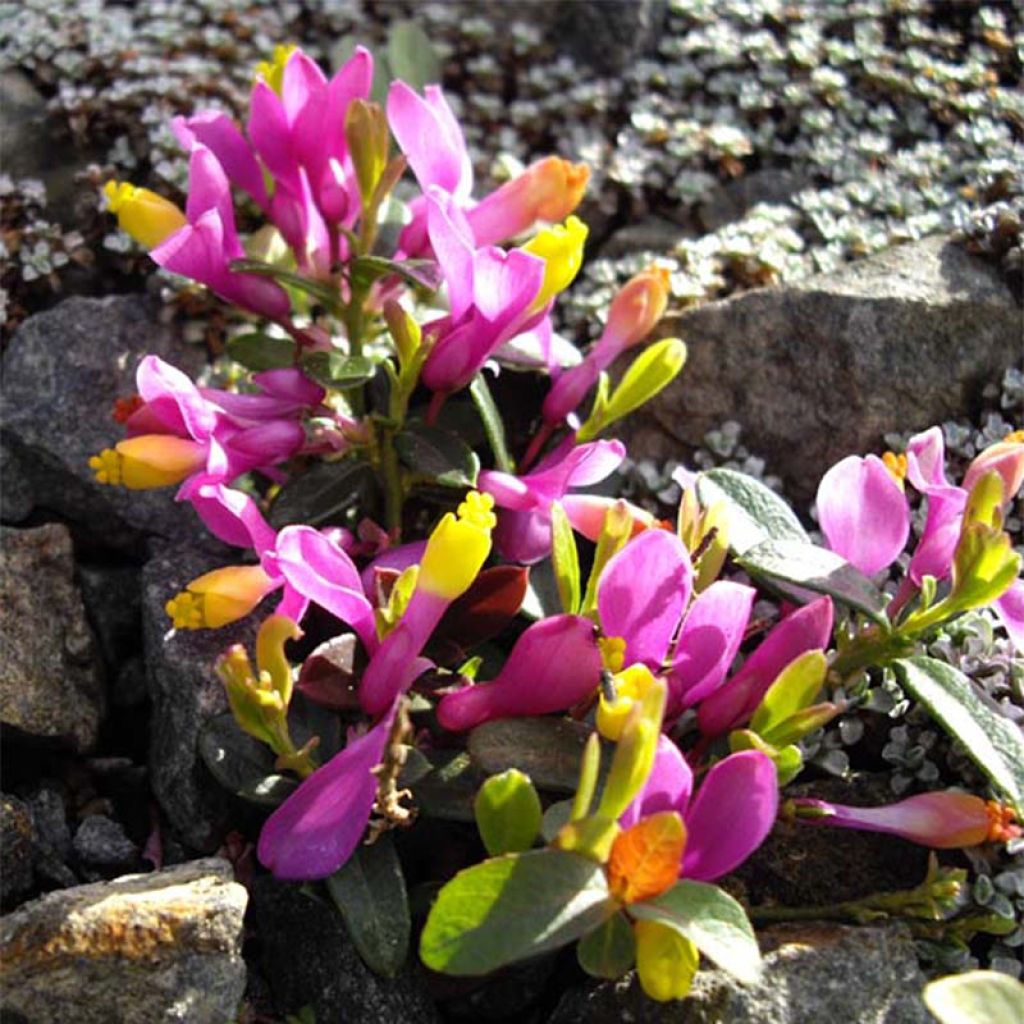

Polygala chamaebuxus Grandiflora
Polygala chamaebuxus Grandiflora
Polygala chamaebuxus Grandiflora
I planted this young plant a few years ago, and at that time it was not available at PF. I am very happy to now be able to find it there and I will therefore order more to complete a section of a border. The contrast of colours is truly surprising and beautiful. Its evergreen nature is also an asset. Its only flaw is a very slow growth.
Jean-Michel, 02/01/2019
Why not try an alternative variety in stock?
View all →Order in the next for dispatch today!
Dispatch by letter from €3.90.
Delivery charge from €5.90 Oversize package delivery charge from €6.90.
More information
This item is not available in your country.
Schedule delivery date,
and select date in basket
This plant carries a 12 months recovery warranty
More information
We guarantee the quality of our plants for a full growing cycle, and will replace at our expense any plant that fails to recover under normal climatic and planting conditions.
From €5.90 for pickup delivery and €6.90 for home delivery
Express home delivery from €8.90.

Does this plant fit my garden?
Set up your Plantfit profile →
Description
Polygala chamaebuxus Grandiflora owes its name of False Boxwood to the resemblance of its small evergreen leaves to those of the shrub. It is here that the comparison between these two plants ends, however, as our Polygala is more of a perennial plant with a woody, creeping stem, whose early spring flowering does not go unnoticed, especially in partially shaded areas where it thrives. It is made up of small flowers somewhat reminiscent of peas; these are brightly coloured in dark pink-violet and bright lemon-yellow. This lovely plant, which tolerates any well-drained soil and perfectly withstands dry shade once established, is simply perfect for forgotten and never-watered areas of the garden, where it spreads slowly but surely.
Polygala chamaebuxus belongs to the Polygalaceae family. It is native to the French Alps, the eastern Pyrenees, and central Europe. It is a mountainous botanical species that prefers rocky, calcareous to very calcareous soil or slightly acidic soil, and is widespread from France to Romania. It appreciates north-facing slopes and generally prefers non-scorching situations. Its hardiness is around -12/-14 °C (10.4/6.8 °F) in porous soil.
The 'Grandiflora' variety distinguishes itself with larger and much more colourful flowers. It has received an Award of Garden Merit from the Royal Horticultural Society. It is a charming perennial with a woody stump, which slowly extends through its stoloniferous roots. Its growth is slow to very slow. It has a ground-covering habit: a mature plant will not exceed 15 to 20 cm (6 to 8 in) in height, but can spread indefinitely over time. The branched, not very woody, green and prostrate stems, naked at the base, bear small, ovate, leathery, entire, glossy leaves, 1 to 3 cm (0.4 to 1 in) long, marked by a strong central vein. They persist throughout the year, even in winter.
Flowering occurs from February-March to June, depending on the climate, and can reoccur in summer if the soil remains moist. It will be earlier in mild climates, later in the mountains and in colder regions. The flowers are solitary or paired in the axils of the leaves. They are 1.5 cm (1 in) long, very brightly coloured, composed of 3 violet sepals arranged in a wing around 2 fused sepals forming a corolla, lemon-yellow with a violet base. The plant produces capsules containing fine seeds that will germinate after exposure to cold temperatures.
If Polygala chamaebuxus is not more widely planted in our gardens, it is undoubtedly because its early spring flowering goes unnoticed by those who only visit garden centres from April onwards. Once flowering is over, this small plant with the appearance of creeping cotoneaster becomes modest again in its 9 cm (4 in) bucket. It is nevertheless easy to grow in soil that does not retain excess water, and its tolerance for drought is quite respectable. Its only weakness is a somewhat limited cold resistance. It is a good plant for dressing up shaded borders, somewhat inhospitable slopes that receive little sun, or the top of a wall that is inhospitable to sun-loving plants. For example, it can be associated with hepaticas (Hepatica nobilis), anemones blanda, or Cyclamen coum that bloom at the same time and appreciate the same conditions.
Polygala chamaebuxus Grandiflora in pictures
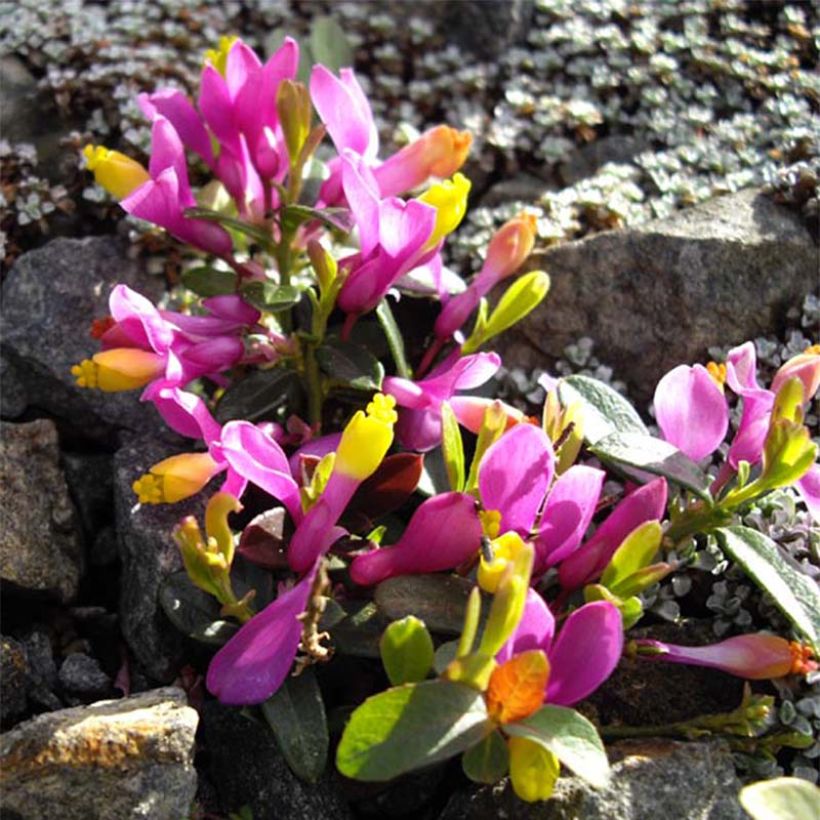

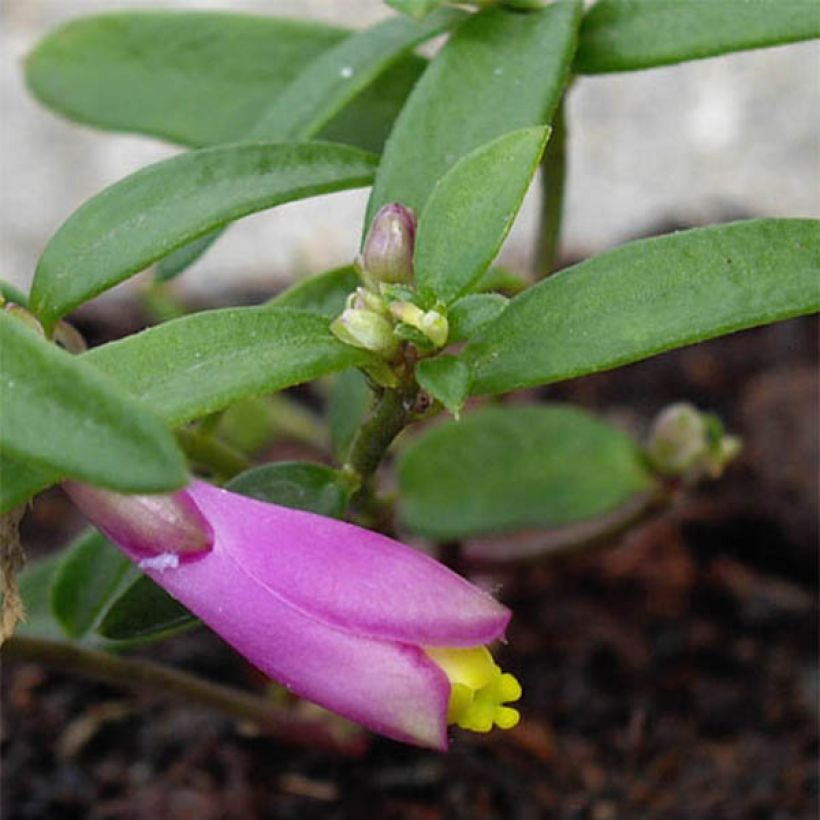

Flowering
Foliage
Plant habit
Botanical data
Polygala
chamaebuxus
Grandiflora
Polygalaceae
Alps
Other Perennials A to Z
Planting and care
Polygala chamaebuxus Grandiflora is a mountain plant, but it has moderate hardiness, around -12/-14 °C (10.4/6.8 °F) in well-drained soil. It prefers partial shade, or even shade in very hot and dry climates, and will grow in any well-drained soil that is not too poor, from dry to moist, preferably clay-limestone and rocky or even shallow. However, it tolerates slightly acidic soils and does not disdain the addition of leaf compost when planting and spreading in spring. This rock plant fears excessively wet soils in winter and heavy soils. Relatively drought-resistant once established in partial shade, it will require more water if planted in full sun. Water regularly in the first, or even second year in summer, to help it establish itself.
Planting period
Intended location
Care
- , onOrder confirmed
Reply from on Promesse de fleurs
Spring flowering perennials
Haven't found what you were looking for?
Hardiness is the lowest winter temperature a plant can endure without suffering serious damage or even dying. However, hardiness is affected by location (a sheltered area, such as a patio), protection (winter cover) and soil type (hardiness is improved by well-drained soil).

Photo Sharing Terms & Conditions
In order to encourage gardeners to interact and share their experiences, Promesse de fleurs offers various media enabling content to be uploaded onto its Site - in particular via the ‘Photo sharing’ module.
The User agrees to refrain from:
- Posting any content that is illegal, prejudicial, insulting, racist, inciteful to hatred, revisionist, contrary to public decency, that infringes on privacy or on the privacy rights of third parties, in particular the publicity rights of persons and goods, intellectual property rights, or the right to privacy.
- Submitting content on behalf of a third party;
- Impersonate the identity of a third party and/or publish any personal information about a third party;
In general, the User undertakes to refrain from any unethical behaviour.
All Content (in particular text, comments, files, images, photos, videos, creative works, etc.), which may be subject to property or intellectual property rights, image or other private rights, shall remain the property of the User, subject to the limited rights granted by the terms of the licence granted by Promesse de fleurs as stated below. Users are at liberty to publish or not to publish such Content on the Site, notably via the ‘Photo Sharing’ facility, and accept that this Content shall be made public and freely accessible, notably on the Internet.
Users further acknowledge, undertake to have ,and guarantee that they hold all necessary rights and permissions to publish such material on the Site, in particular with regard to the legislation in force pertaining to any privacy, property, intellectual property, image, or contractual rights, or rights of any other nature. By publishing such Content on the Site, Users acknowledge accepting full liability as publishers of the Content within the meaning of the law, and grant Promesse de fleurs, free of charge, an inclusive, worldwide licence for the said Content for the entire duration of its publication, including all reproduction, representation, up/downloading, displaying, performing, transmission, and storage rights.
Users also grant permission for their name to be linked to the Content and accept that this link may not always be made available.
By engaging in posting material, Users consent to their Content becoming automatically accessible on the Internet, in particular on other sites and/or blogs and/or web pages of the Promesse de fleurs site, including in particular social pages and the Promesse de fleurs catalogue.
Users may secure the removal of entrusted content free of charge by issuing a simple request via our contact form.
The flowering period indicated on our website applies to countries and regions located in USDA zone 8 (France, the United Kingdom, Ireland, the Netherlands, etc.)
It will vary according to where you live:
- In zones 9 to 10 (Italy, Spain, Greece, etc.), flowering will occur about 2 to 4 weeks earlier.
- In zones 6 to 7 (Germany, Poland, Slovenia, and lower mountainous regions), flowering will be delayed by 2 to 3 weeks.
- In zone 5 (Central Europe, Scandinavia), blooming will be delayed by 3 to 5 weeks.
In temperate climates, pruning of spring-flowering shrubs (forsythia, spireas, etc.) should be done just after flowering.
Pruning of summer-flowering shrubs (Indian Lilac, Perovskia, etc.) can be done in winter or spring.
In cold regions as well as with frost-sensitive plants, avoid pruning too early when severe frosts may still occur.
The planting period indicated on our website applies to countries and regions located in USDA zone 8 (France, United Kingdom, Ireland, Netherlands).
It will vary according to where you live:
- In Mediterranean zones (Marseille, Madrid, Milan, etc.), autumn and winter are the best planting periods.
- In continental zones (Strasbourg, Munich, Vienna, etc.), delay planting by 2 to 3 weeks in spring and bring it forward by 2 to 4 weeks in autumn.
- In mountainous regions (the Alps, Pyrenees, Carpathians, etc.), it is best to plant in late spring (May-June) or late summer (August-September).
The harvesting period indicated on our website applies to countries and regions in USDA zone 8 (France, England, Ireland, the Netherlands).
In colder areas (Scandinavia, Poland, Austria...) fruit and vegetable harvests are likely to be delayed by 3-4 weeks.
In warmer areas (Italy, Spain, Greece, etc.), harvesting will probably take place earlier, depending on weather conditions.
The sowing periods indicated on our website apply to countries and regions within USDA Zone 8 (France, UK, Ireland, Netherlands).
In colder areas (Scandinavia, Poland, Austria...), delay any outdoor sowing by 3-4 weeks, or sow under glass.
In warmer climes (Italy, Spain, Greece, etc.), bring outdoor sowing forward by a few weeks.

